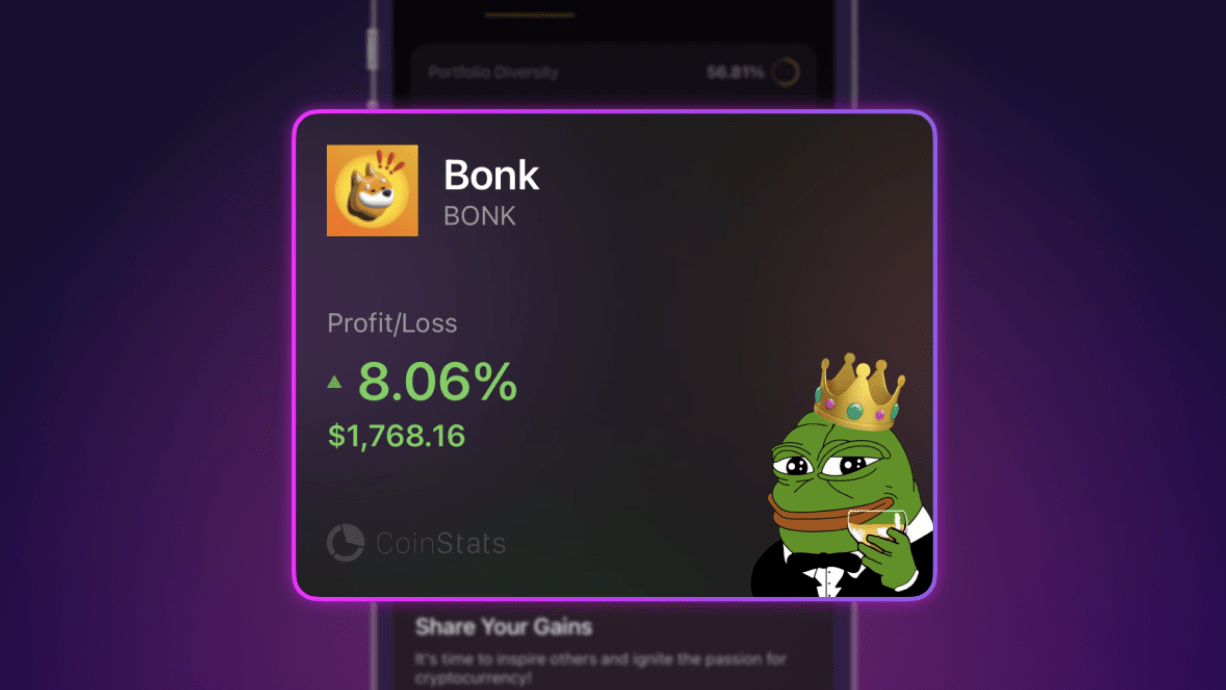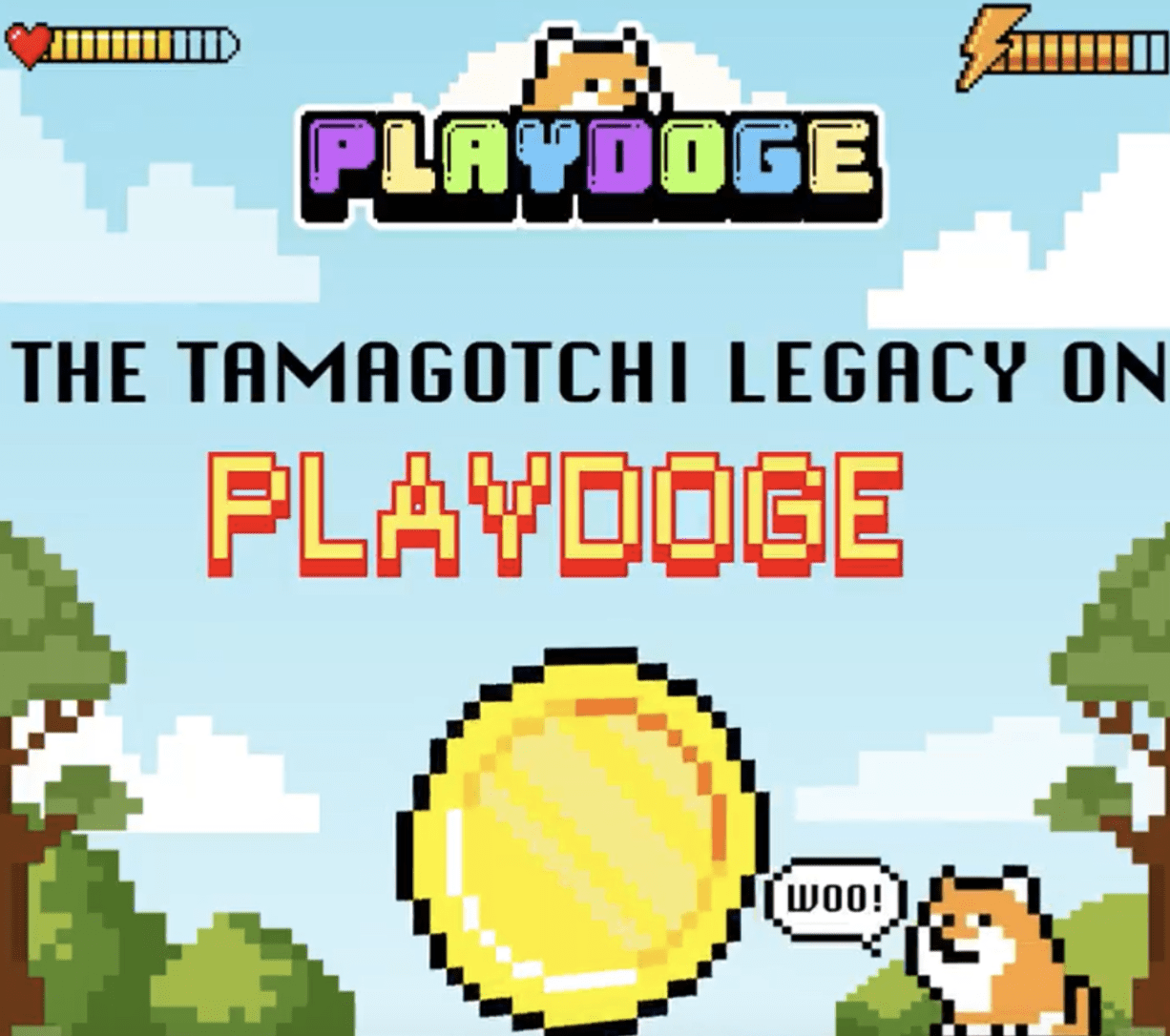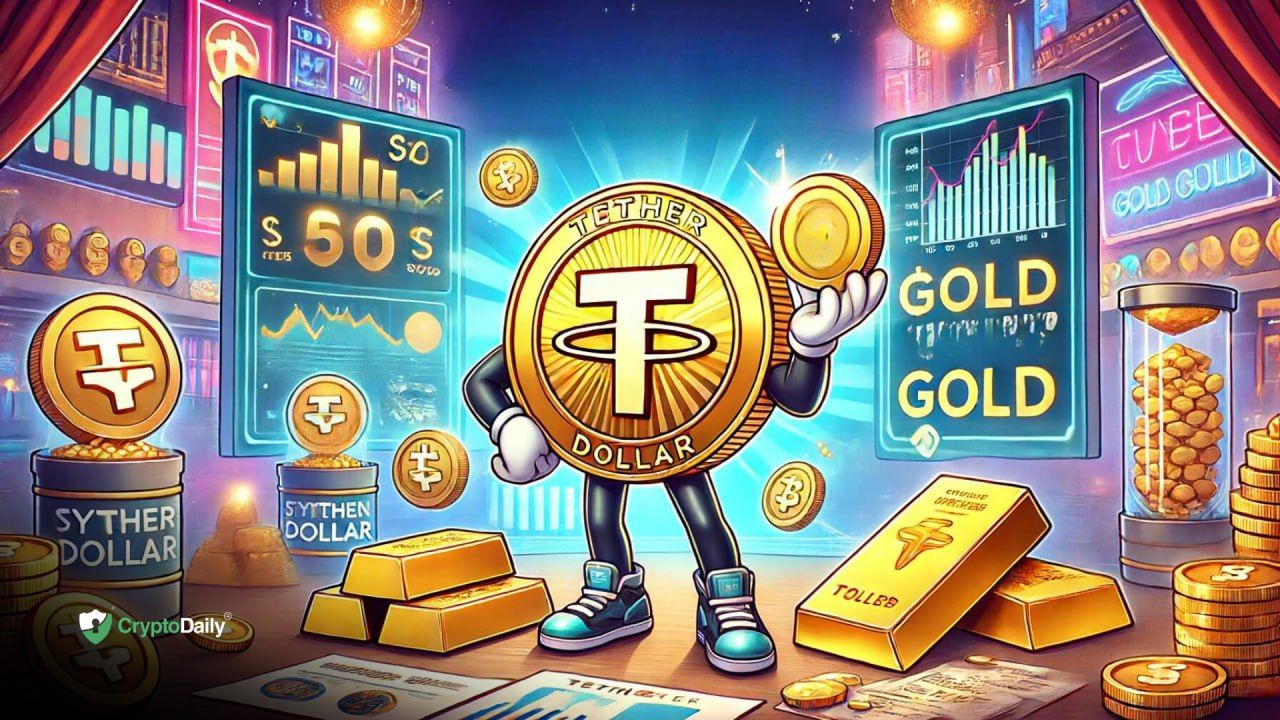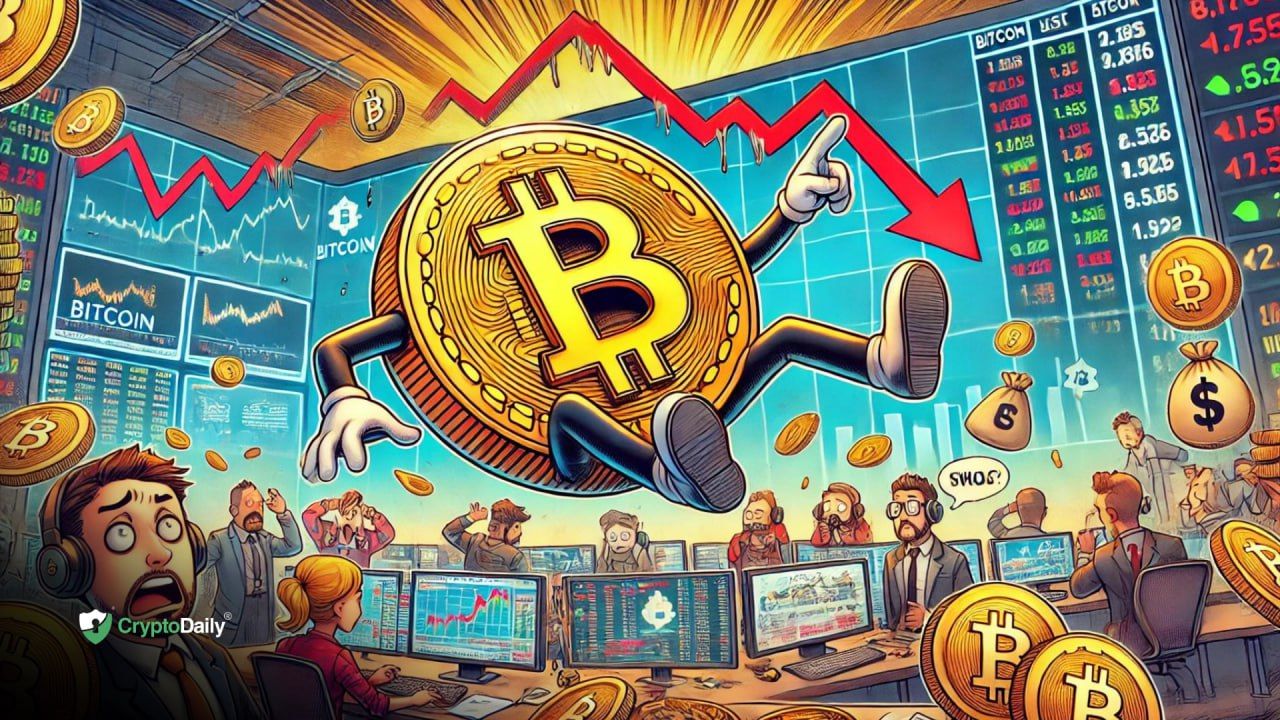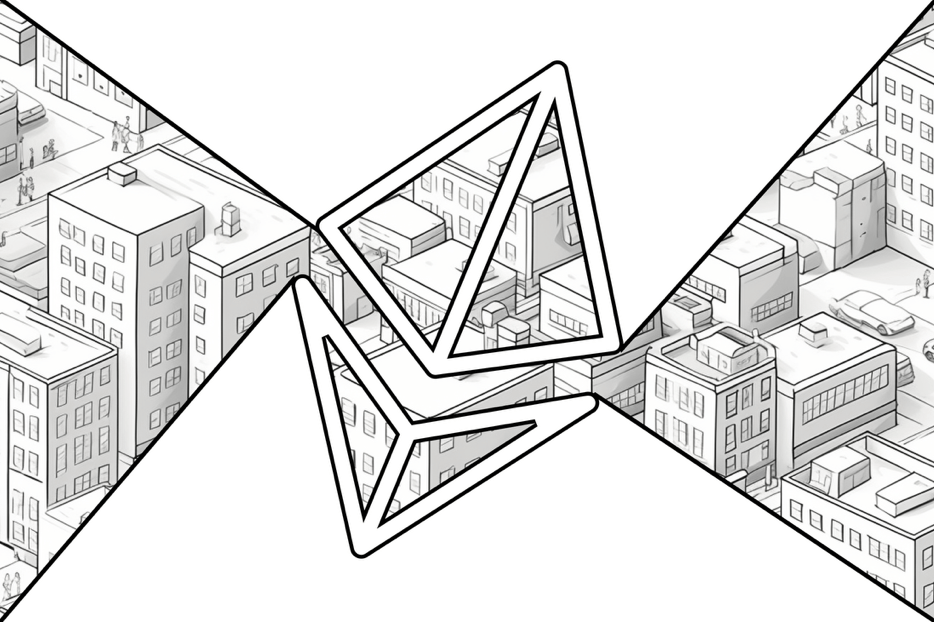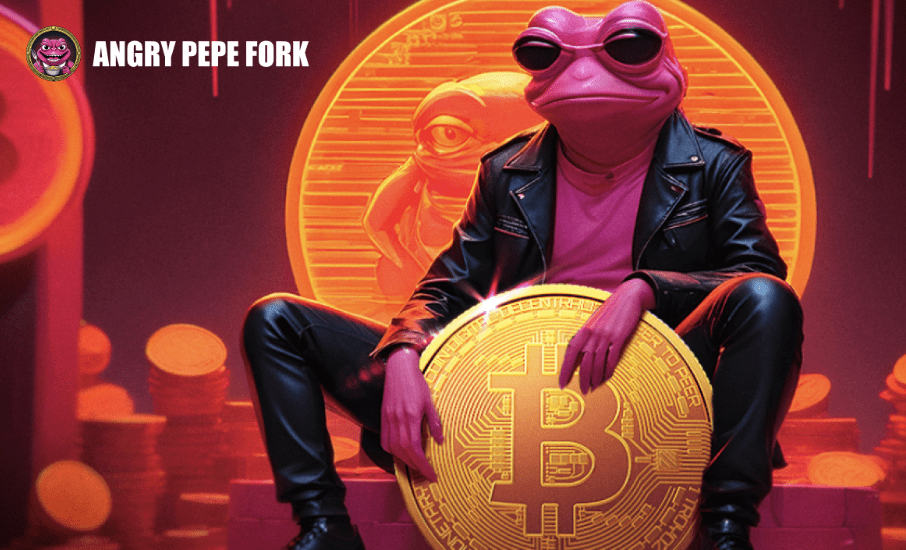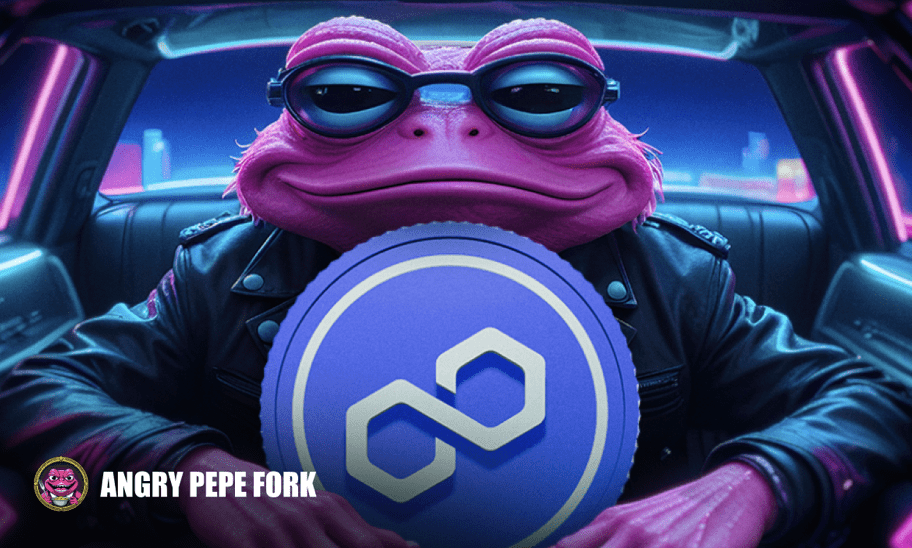Table of Contents
- Bringing USD-backed Digital Dollars to Brazil
- USDC in the International Arena
- Collaboration between Stablecoins and CBDCs
- Enhancing User Experience with CCTP
- Leveraging AI and Blockchain Technology
- Commitment to Transparency
- Ensuring Safety and Liquidity of USDC Reserves
- Circle's Long-Term Vision for USDC
Mike Ermolaev continues the GoCrypto interview series, powered by GoMining, this time featuring an insightful conversation with Jeremy Allaire, Co-founder, CEO, and Chairman of Circle, global financial technology firm and the issuer of the leading regulated stablecoin, USDC.
In this interview, Allaire discusses Circle's significant milestone of launching in Brazil, the transformative potential of USDC in the Brazilian market, the growing adoption of USDC for cross-border payments, and the potential collaboration between private sector stablecoins and public sector CBDCs. He also delves into how Circle ensures transparency and oversight, the future developments of USDC, and the role of AI in enhancing blockchain technology.
Bringing USD-backed Digital Dollars to Brazil
Circle's recent official launch in Brazil marks a significant milestone in bringing USD-backed digital dollars and digital asset infrastructure to the Brazilian fintech-forward market. When asked about Circle's partnerships with local leaders like BTG Pactual and Nubank, Allaire highlighted the transformative potential these collaborations have on Brazil's financial landscape.
"Brazil is at the forefront of fintech innovation, and Circle’s launch in the market is an opportunity to deliver highly demanded, near-instant, low-cost and 24/7 access to USDC - USD-backed digital dollars - and digital asset infrastructure via our in-market partners: BTG Pactual, Nubank and Mercado Bitcoin to name a few. USDC opens the door to the global financial market, facilitating international transactions without high fees and is the fastest and most cost-efficient way to deliver digital dollars to the Brazilian market," he explained.
USDC in the International Arena
Allaire also discussed the international reach of USDC, noting that 75% of USDC activity is international, used increasingly for cross-border payments and as a digital cash instrument with tokenized real-world assets.
"We are in the early stages of massive opportunity as we see increasing adoption of USDC for cross-border payments – people around the world share a need and desire to send, spend and save money at the speed of the internet. Around the world, policymakers and regulators are codifying how stablecoin and blockchain innovations can operate," he noted.
Collaboration between Stablecoins and CBDCs
The collaboration between private sector innovations like stablecoins and public sector CBDCs was another focus point of the discussion. Allaire highlighted the complementary roles stablecoins and CBDCs can play in creating a modern, interoperable financial infrastructure:
"Combined with the openness to innovation that has fast become a hallmark of Brazil’s financial ecosystem - as evidenced by the rapid adoption of Pix - and our partnership with leading financial and digital financial institutions in Brazil, we hope to make digital dollars like USDC more accessible to everyone. Specifically, we are encouraged by efforts such as DREX which aim to build on the power of Ethereum to enable onchain BRL in a secure and compliant manner and see opportunities to connect that infrastructure with USDC, EURC and other regulated stablecoins."
Enhancing User Experience with CCTP
Circle's Cross-Chain Transfer Protocol (CCTP) improves user experience and capital efficiency by allowing seamless transfers of USDC across different blockchains. Unlike traditional methods that rely on wrapped tokens, CCTP operates by directly minting and burning USDC on the respective blockchains, thus eliminating the need for bridged token versions and the associated risks and complexities.
"CCTP is a permissionless protocol that enables USDC to flow natively across supported chains, delivering an unparalleled level of interoperability, security, liquidity and simplified user experiences. Exchanges, bridges, and apps that embed CCTP can enable users to 'burn and mint' USDC natively, which results in USDC essentially 'teleporting' from one blockchain to another. CCTP helps with rebalancing treasuries and enables new cross-chain experiences. By avoiding the complications and risks of traditional 'lock and mint' approaches, CCTP brings a secure, permissionless, and capital-efficient way to transact with USDC in an increasingly multi-chain environment," Jeremy noted.
Leveraging AI and Blockchain Technology
Allaire was also optimistic about the confluence of AI and blockchain technology, particularly in how Circle leverages AI to drive internal efficiencies.
"Our focus right now is on leveraging AI to drive internal efficiencies with how we run Circle. But the confluence of AI and blockchain technology - and therefore USDC - is going to happen. As machine-to-machine interactions grow as a result of AI, what could be better at facilitating the payments they initiate than blockchain technology, which is global, interoperable, runs 24/7, and needs few intermediaries?” he suggested.
Commitment to Transparency
In response to a question regarding Circle's transparency and oversight, and the role third-party audits play in this process, Allaire said that USDC reserve holdings are fully disclosed on a weekly basis, along with associated mint/burn flows.
"Additionally, a Big Four accounting firm provides monthly third-party assurance that the value of USDC reserves are greater than the amount of USDC in circulation. The reports are prepared according to attestation standards set out by the American Institute of Certified Public Accountants (AICPA)," he added.
Ensuring Safety and Liquidity of USDC Reserves
Allaire also explained Circle's approach to managing counterparty risk and ensuring the safety and liquidity of USDC reserves
"The majority of the USDC reserve is held in the Circle Reserve Fund (USDXX), an SEC-registered government money market fund that features daily, independent, third-party reporting - publicly available here. The remainder of the reserve is held in cash, and almost entirely with a handful of the world's largest banks with the highest capital, liquidity and supervisory requirements in the world."
Circle's Long-Term Vision for USDC
Looking ahead, Allaire shared Circle's long-term vision for USDC over the next five to ten years, particularly its role in the global financial system.
"A new internet financial system is emerging. Thanks to the power of USDC, blockchain networks, and some of the world’s best developers and technology companies, the financial system is being upgraded. It is faster, easier, and safer, making money open for all. We see the accelerating migration of commerce to the blockchain as the next wave of this decades-long trend of digital transformation, with a social and economic impact potentially larger than that unleashed by the original internet in the 1990s and early 2000s. In the coming years, we expect millions of businesses and billions of people to begin using this new, open Web3 internet layer to transact trillions of dollars in value," he concluded.
Disclaimer: This article is provided for informational purposes only. It is not offered or intended to be used as legal, tax, investment, financial, or other advice.
Investment Disclaimer
